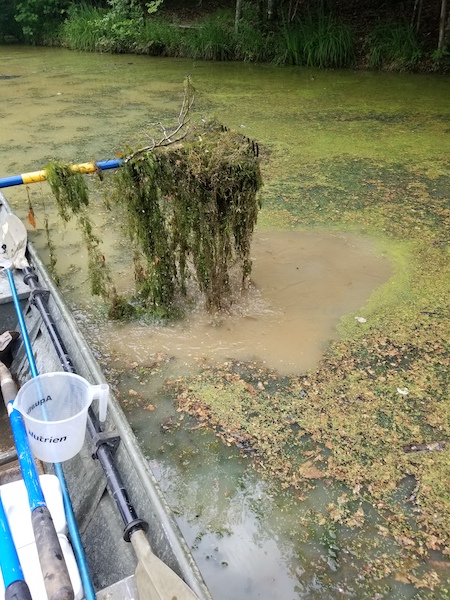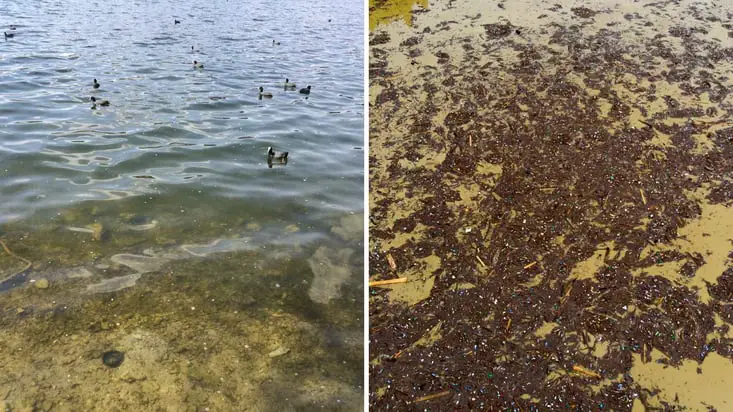In order to maintain a healthy and vibrant pond ecosystem, it is essential to address the issue of muck buildup. Muck, also known as pond sediment, is a combination of organic matter, dirt, algae, and other debris that accumulates at the bottom of a pond over time. Excessive muck can lead to poor water quality, foul odors, and can be detrimental to the overall health of the pond.
Why is Removing Muck Important?
Removing muck from a pond is crucial for several reasons. Firstly, excessive muck can deplete oxygen levels in the water, which can be harmful to fish and other aquatic life. Additionally, muck buildup can provide a breeding ground for harmful bacteria and parasites, posing a threat to the ecosystem.
Methods to Remove Muck
There are several effective methods to remove muck from a pond, ranging from manual removal to the use of specialized equipment. Let’s explore some of the most popular methods:
1. Manual Removal
Manual removal involves physically scooping out the muck from the pond using a shovel, rake, or other tools. While this method can be labor-intensive, it is a cost-effective way to remove muck from smaller ponds or specific areas within a larger pond.
2. Dredging
Dredging is a more intensive method of muck removal that involves using machinery to suction out sediment from the bottom of the pond. Dredging is effective for large ponds with significant muck buildup, but it can be costly and may disrupt the pond ecosystem during the process.
3. Beneficial Bacteria
Introducing beneficial bacteria into the pond can help break down organic matter and reduce muck accumulation. These bacteria work to naturally decompose muck, improving water clarity and quality over time.
4. Aeration
Aeration systems can help increase oxygen levels in the water, which can promote the decomposition of muck and improve overall pond health. By circulating the water and reducing stratification, aeration can prevent muck buildup in the future.
5. Pond Vacuum
Using a pond vacuum is a convenient way to remove muck and debris from the bottom of the pond. These devices work by suctioning up sediment and organic matter, leaving behind clean and clear water.

Credit: www.pondlakemanagement.com
Preventing Muck Buildup
While removing existing muck is important, taking steps to prevent muck buildup in the first place is equally crucial. Here are some tips to help prevent muck accumulation in your pond:
- Regularly remove debris such as leaves and twigs from the surface of the pond.
- Avoid overfeeding fish, as excess food can contribute to muck formation.
- Install a pond skimmer to help capture floating debris before it settles at the bottom.
- Use aquatic plants to help absorb excess nutrients and prevent algae growth.
- Maintain a healthy fish population to help control algae and organic matter in the pond.

Credit: shop.naturalwaterscapes.com
Conclusion
Removing muck from a pond is essential for maintaining a clean and healthy aquatic environment. By utilizing the right methods and implementing preventive measures, you can effectively manage muck buildup and ensure the longevity of your pond ecosystem. Remember to regularly monitor water quality and address muck accumulation promptly to enjoy a thriving pond for years to come.





